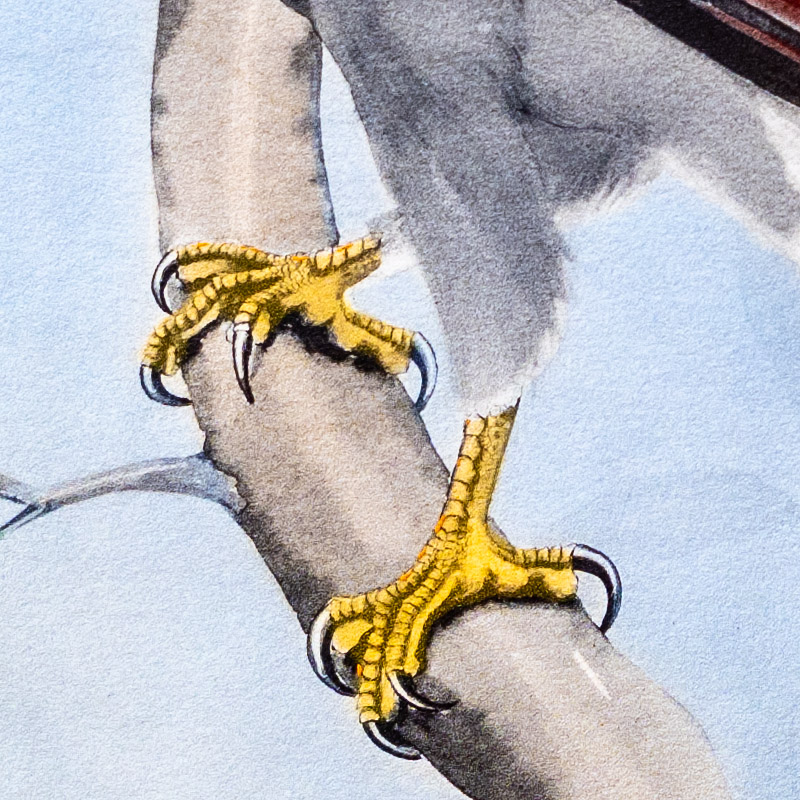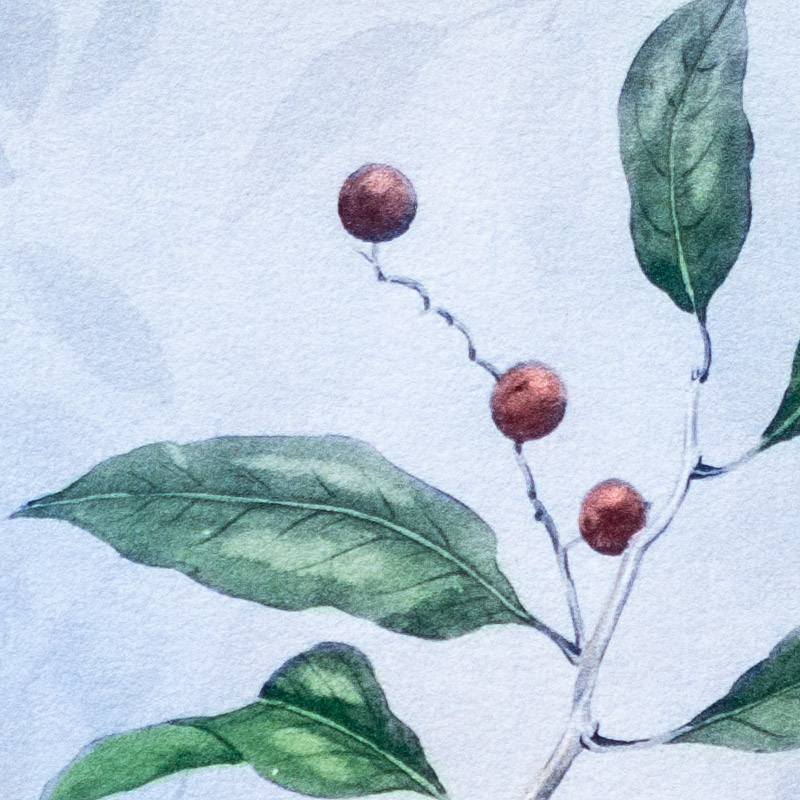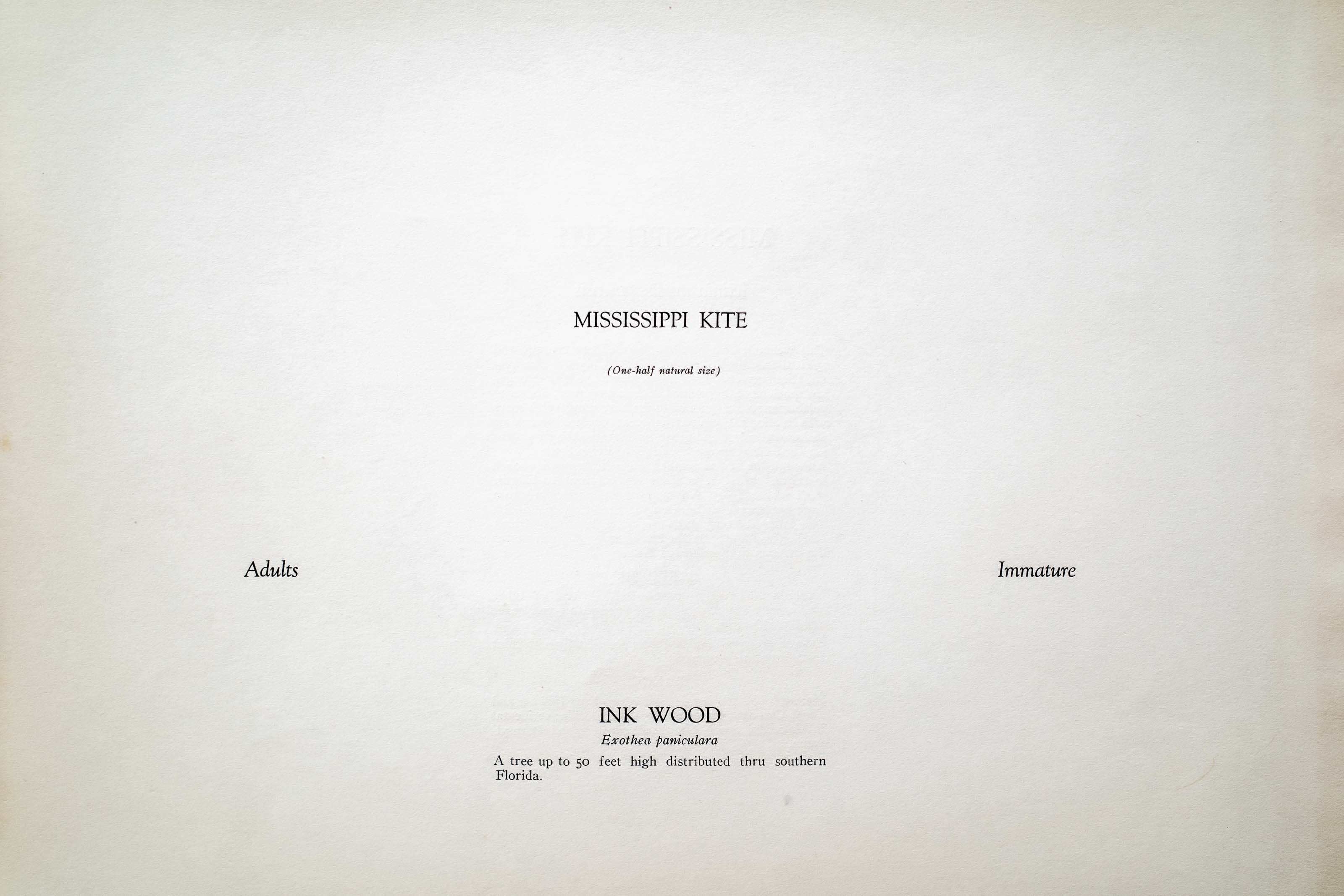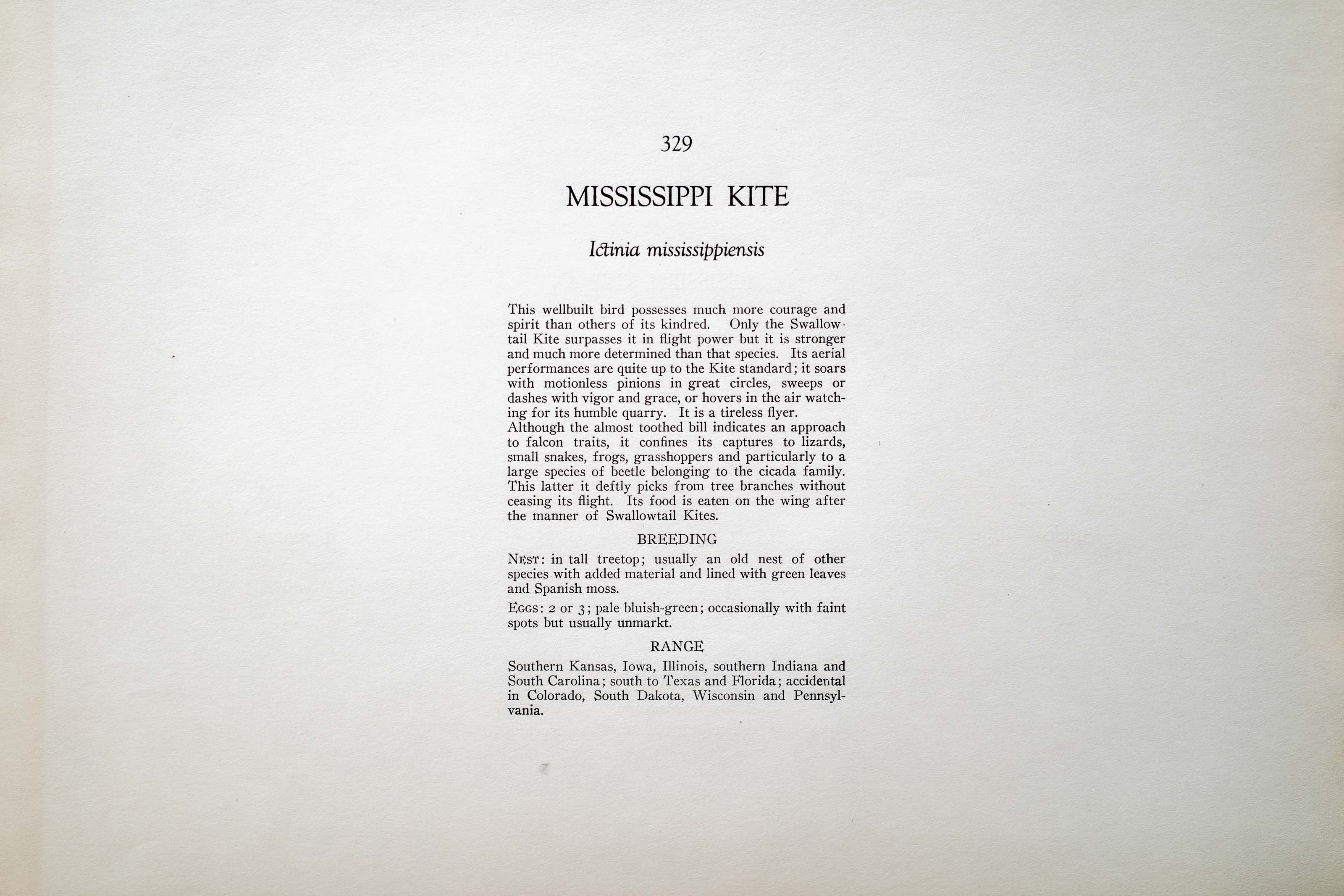






Unknown
1930
5
329
A team of dedicated board members, volunteers, and student interns has published every page in Volume 9. This volume includes 360 images of paintings and lyrical descriptions of birds, now available online for everyone to enjoy anywhere in the world. This is a monumental task. Each volume requires approximately 400 hours to photograph, edit, transcribe, catalog, and publish online. We need your support to complete this work.
If you're tech-savvy, have a good eye, are meticulous with details, and love structured data, please consider volunteering by emailing us at hello@rexbrasher.org.
We encourage all bird lovers and supporters to consider a monetary donation to support our mission to make Rex's work available for everyone. You can provide a one-time or recurring donation online.
This wellbuilt bird possesses much more courage and spirit than others of its kindred. Only the Swallowtail Kite surpasses it in flight power but it is stronger and much more determined than that species. Its aerial performances are quite up to the Kite standard; it soars with motionless pinions in great circles, sweeps or dashes with vigor and grace, or hovers in the air watching for its humble quarry. It is a tireless flyer.
Although the almost toothed bill indicates an approach to falcon traits, it confines its captures to lizards, small snakes, frogs, grasshoppers and particularly to a large species of beetle belonging to the cicada family. This latter it deftly picks from tree branches without ceasing its flight. Its food is eaten on the wing after the manner of Swallowtail Kites.
NEST: in tall treetop; usually an old nest of other species with added material and lined with green leaves and Spanish moss.
EGGS: 2 or 3; pale bluish-green; occasionally with faint spots but usually unmarkt.
Southern Kansas, Iowa, Illinois, southern Indiana and South Carolina; south to Texas and Florida; accidental in Colorado, South Dakota, Wisconsin and Pennsylvania.
A tree up to 50 feet high distributed thru southern Florida.